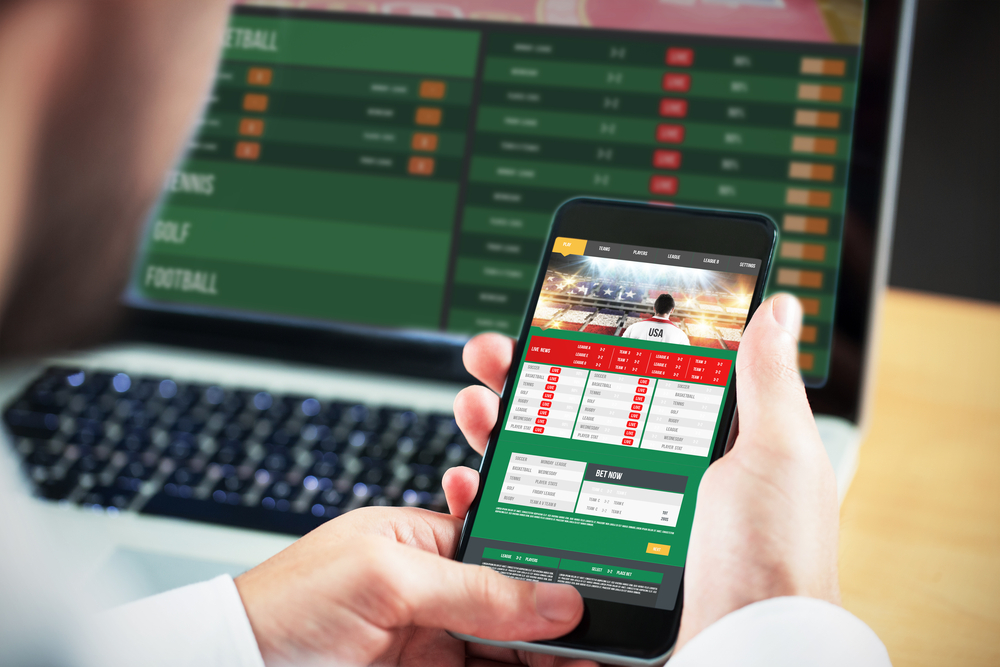Gym flooring is a crucial consideration that should be at the top of your mind when you are considering setting up a new or refurbishing an existing fitness facility. Most often, people leave gym flooring to tackle it as the last option, which should not be the case. It should come first at the planning stage as it is as important as the other gym equipment.
To help you purchase the best gym flooring, here is a buying guide you can follow.
Plan about the available space
There is what we call gym zones when it comes to a gym facility. Consider the space you have and how you wish to utilize it for each zone of the gym. Start by choosing the zones you want to include in your gym, the space percentage you want to allocate for each area, the type of equipment that you will put into each zone and then choose a suitable flooring solution based on that.
Have a survey done at the gym space
You should find out about the current floor layout first. Call a flooring expert to investigate the top layer as well as the flooring construction itself to determine if the floor is concrete, wooden or a raised floor.
The survey will determine if the floor needs to be screed, or if there is any preparation that is necessary to the underlay in the advancement of the new gym flooring.
Consider the underlay
Underlay is an insulating barrier between the structural floor and the gym floor you wish to install. The type of underlay depends on the intensity of usage and the level within the gym area or particular zones.
An underlay is a critical requirement in some zones if the equipment or the floor will be at risk of damage. For instance, free weights area require an increased level of impact absorption; therefore, they need a thick underlay, and so does any area where is a risk of impact to either the equipment or floor.
Consider gym flooring life cycle.
For instance, fitness equipment generally has a three, five, or seven-year life cycle depending on the brand, usage and specifications. It would be recommendable if you chose a gym flooring solution that has a longer life cycle than the equipment. That means you don’t have to replace the floor in advance of the gym equipment, which could be a great deal of inconvenience.
The type of gym flooring
When it comes to choosing a gym flooring solution, ensure you engage in consultations depending on your gym equipment and activities. Again, you need to ask yourself how far you will install the floor. Remember that some floorings that can expand with climate changes require expansion joints.
For instance, a solid hardwood gym flooring from junckers is resilient, safe and is robust enough to withstand the frequent pounding from exercise activities and heavy use of equipment. Consult with your flooring expert and gym experts to find an ideal gym floor for your kind of facility.
Gym floor colour and design
Consider the colours of the gym floor and the design. Consider the activities that will take place there. They should align with the decor as well as the smoothness of cleaning it.
Lastly, the budget
Weigh up quality and cost. Choose a gym floor that is durable such as solid hardwood. It may seem expensive at first, but it is worth it considering its lifespan, safety and ease of maintenance.





